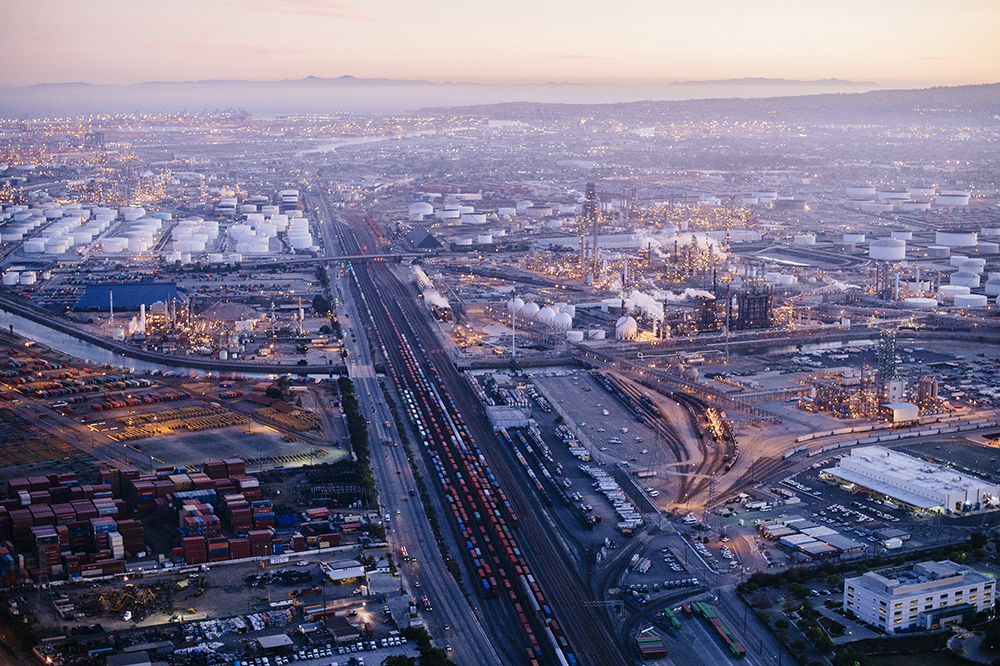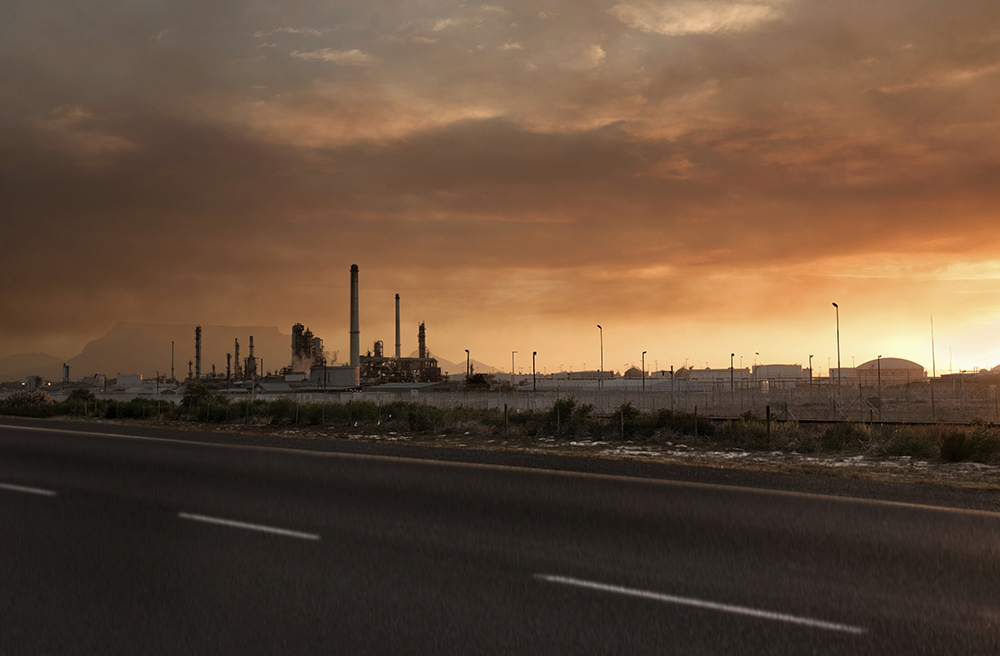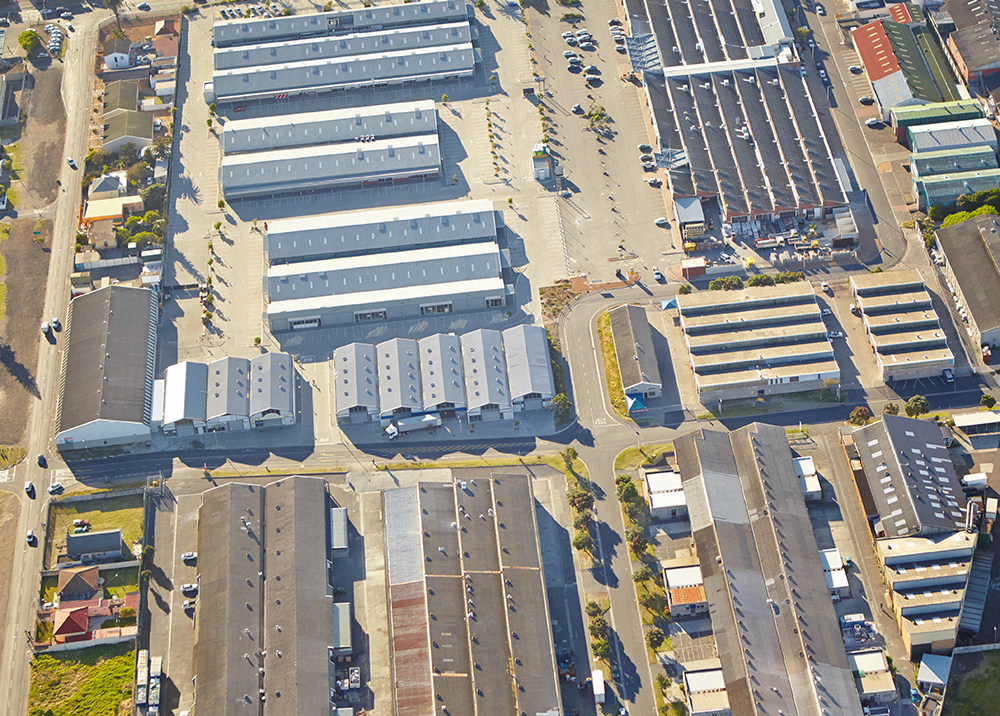California’s commercial property investment was dealt a major blow by the global COVID-19 pandemic, though one class was a glaring exception. Industrial development grew in leaps and bounds, perhaps best exemplified in Southern California by enterprises in the Inland Empire region. Yet, a new California law that went into effect on January 1 is threatening to upend that growth if a delicate balance can’t be found in time. It’s called the Planning Logistics and Neighborhood Standards Act. And it pits the state’s housing crisis in direct opposition to its industrial development.
A Law to Combat “Industrial Sprawl”

When the Planning Logistics and Neighborhood Standards Act was first pitched, its overarching goal was straightforward enough. It would be used to address the aggressive industrial development of the region encroaching on suburban residential areas, a phenomenon known as industrial sprawl. But now that the law is in effect, investors and developers alike are worried that the vague nature of its guidelines could put industrial development at a distinct disadvantage and scare projects out of state.
Details of the New Industrial Sprawl Law
The law institutes heightened standards and regulations for all new “logistics developments” along with any expansions of existing projects that exceed 20% of the property’s present size. Under the law, the new standards that apply to industrial development affect:
- Design
- Entry gates
- Landscaping
- Location
- Parking (including truck bays)
- Signage
It also requires industrial projects to institute:
- High-efficiency heating, ventilation, and air conditioning
- Solar installation
- Zero-emission vehicles

In addition, if an industrial development project requires the destruction of housing, the housing units must be replaced by the developer at a 2-to-1 ratio. New projects will need to be constructed along roadways that primarily serve commercial use. If a project exceeds 250,000 square feet, it cannot be within 300 feet of the property line of a location deemed “sensitive.” This includes hospitals, schools, assisted living homes, and general residential units. Industrial developers are also required to provide at least 50 feet of landscaping to act as a barrier between their facility and any sensitive locations.
Context of the Law
The Planning Logistics and Neighborhood Standards Act comes at a time when Californians’ reliance on e-commerce logistics is higher than ever. Lawmakers pitched the law to curb the state’s aggressive industrial development while still maintaining conscientiousness of the jobs such growth provided. With growing concerns over industrial sprawl, the law serves to address complaints about growing pollution and traffic resulting from industrial proximity to residential areas. Supported by the California Chamber of Commerce and the Laborers’ International Union of North America, the new law requires a delicate balance for success.
Will the Law Hurt Industrial Development in California?
But developers worry that we’re nowhere close to that balance. With the new law in place, industrial development projects will come at a higher price tag; one that could drive developers and investors to less-stringent states. Yet, similar laws are in various states of development across America; the expected aftermath of the pandemic’s e-commerce boom. Opponents of the new law are also concerned with the language of the law itself which some critics regard as vague and open to exploitation and misunderstanding.

While most areas impacted by the new state law will have until 2028 to meet compliance, the Inland Empire faces a tighter deadline. Industrial development in the Inland Empire will need to adhere to regulations stipulated in the Planning Logistics and Neighborhood Standards Act by 2026.

Comments
Post a Comment